drken
TPF Noob!
- Joined
- Aug 15, 2007
- Messages
- 21
- Reaction score
- 0
- Can others edit my Photos
- Photos NOT OK to edit
As my apartment faces south a lot of my pictures are going to be in that direction. I know that as a general rule you should have the sun at your back, but since I won't, is there any sort of filter I should have to help me reduce glare or other sun-related problems?



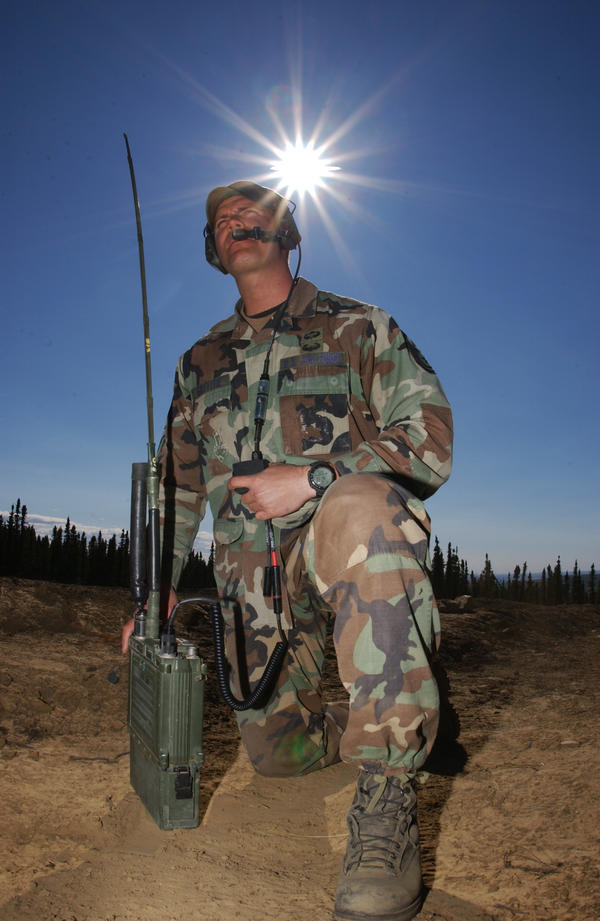
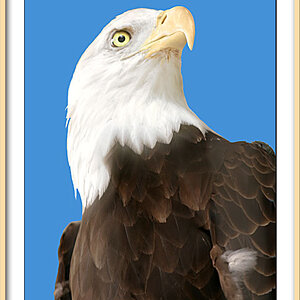
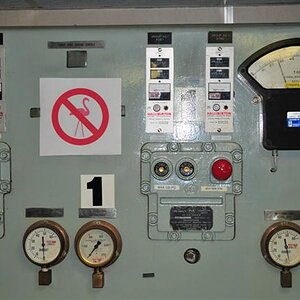
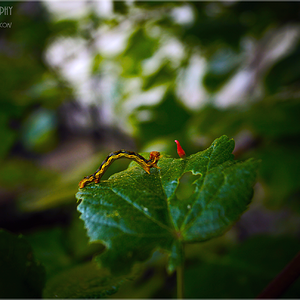

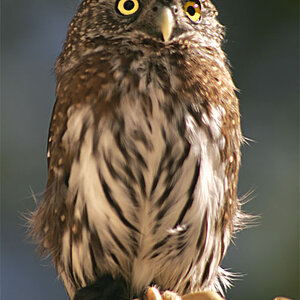
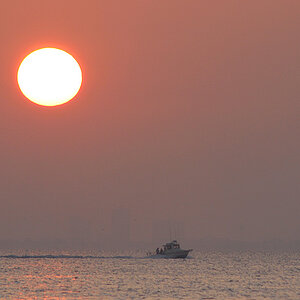
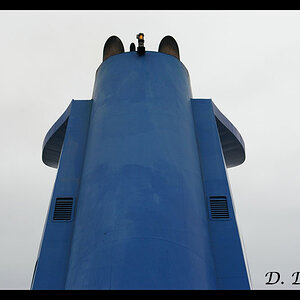


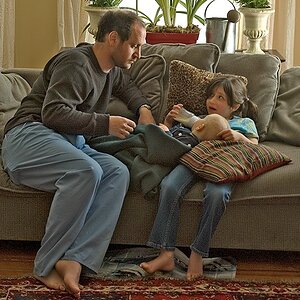
![[No title]](/data/xfmg/thumbnail/31/31013-b871f1d295c83b831c1423028e1ce5dc.jpg?1619734568)
